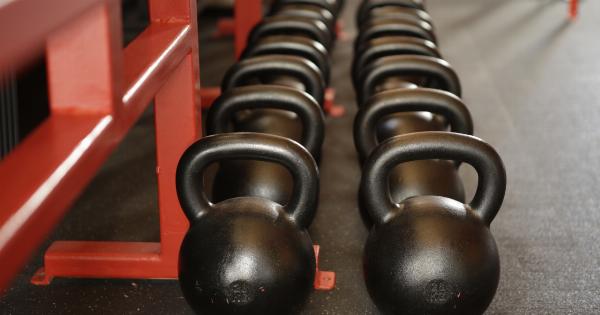Happiness is a state of being that many individuals crave; however, it is a state that is often elusive to many people. Regardless of age, many people feel as though they cannot achieve happiness, despite their best efforts.
While obtaining happiness can prove challenging at times, there are strategies that individuals of all ages can use to achieve it.
The Science of Happiness
According to scientific studies, happiness is more than just an emotion experienced in a fleeting moment. Rather, happiness is a state of being that can be developed, nurtured, and maintained throughout life.
Emotional well-being, physical health, social connections, and a sense of purpose are all factors that affect an individual’s level of happiness.
Studies have shown that every age group can connect with one or more of these factors to increase their overall happiness. Let’s explore the options in detail.
Strategies for Young Adults
Youth is often associated with carefree living; however, many young adults grapple with negative thoughts, uncertainty for their future, and the pressure to succeed. Here are some strategies young adults can use:.
Connect with Loved Ones
It is common for young adults to separate from their families in search of independence. However, staying connected with family and friends is essential for emotional well-being.
We’re social creatures, and the support of loved ones provides the foundation to weather life’s challenges with less stress.
Set Realistic Goals
To achieve happiness, it is essential to engage in activities that bring a sense of purpose. Setting achievable goals and working towards fulfilling them is fundamental.
However, it is essential to set realistic goals that align with personal values and passions – this ensures that individuals feel motivated to remain focused.
Strategies for Middle-Aged Adults
As people move into their forties and fifties, things like career, family life, and personal health can become all-consuming. It’s easy to feel overwhelmed, which can make happiness seem out of reach.
Here are some strategies this demographic can implement:.
Connect With Your Body
Middle age is an excellent time for individuals to reconnect with their bodies through exercise, mindfulness practices, or even just taking a walk. Physical exercise makes the body release hormones that help reduce stress and boost pleasure.
This is a great way to increase happiness and emotional well-being.
Connect With Your Community
Volunteering or getting involved in community events is a great way to connect with others and fulfill a sense of purpose. This can be anything from helping with a charity event, starting a local action group, or even just joining a book club.
Being a part of something bigger than ourselves can provide an overall sense of satisfaction that improves happiness.
Strategies for Older Adults
As people reach their elderly years, things like loneliness, isolation, and depression can become increasingly common. Here are some strategies for the elderly to remain happy:.
Maintain Physical Health
Maintaining physical health is crucial; any health issues that affect the body can manifest in other ways, such as anxiety and depression.
Small changes in routine, like incorporating light exercises in everyday life, can help improve physical health and, in turn, improve overall happiness.
Focus on Mental Health
As individuals age, mental health can become challenging to manage. Therefore, it’s essential to invest in therapies that improve mental health, including cognitive therapy, counseling, or even meditation.
Conclusion
In conclusion, happiness is attainable at any age. Emotional well-being, physical health, socialization, and a sense of purpose are all essential components that contribute to happiness, regardless of age.
While the strategies above are only a few of the methods to achieve happiness, each individual has their unique formula to achieve happiness. By addressing one’s emotional, physical, social, and existential needs, individuals can be well on their way to experiencing sustained happiness.






























